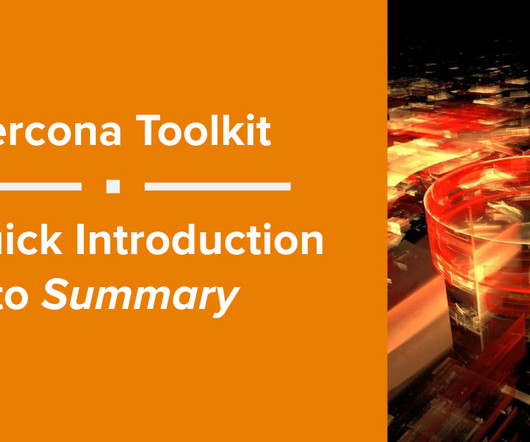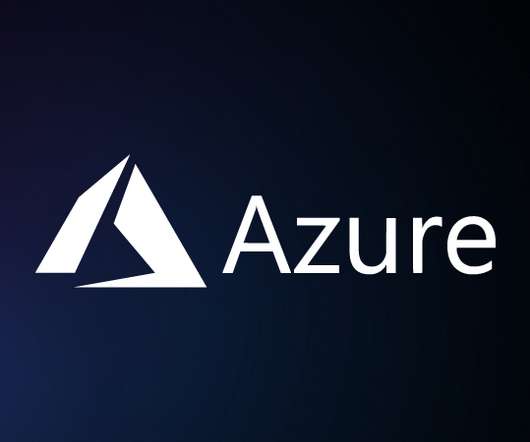Percona Toolkit – A Quick Introduction to Summary
Percona
OCTOBER 2, 2023
You can get summaries of your database servers, or you verify replication lag on MySQL and PostgreSQL servers. You get thirty-eight scripts that can do any manner of actions, and you will find them very valuable in your regular database work. virtual = 2.2G Caches | 12.4G virtual = 2.2G Caches | 12.4G















Let's personalize your content